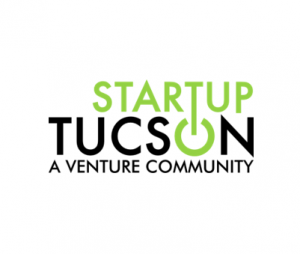 Startup Tucson’s Idea Funding event brings business professionals together and others for the great pitch competition / Inside Tucson Business
Startup Tucson’s Idea Funding event brings business professionals together and others for the great pitch competition / Inside Tucson Business
Startup Tucson, which helps local entrepreneurs launch ideas, is co-hosting an Oct. 27 event where eight local entrepreneurs will get to pitch their ideas to a panel of business investors in downtown Tucson.
Parker Antin takes science seriously / The Daily Wildcat
Parker Antin, the associate dean of research for the University of Arizona College of Agriculture and Life Sciences, knows how to keep himself busy.
Analysis identifies lethal strain of anthrax the Soviets produced as bioweapon / STAT
Paul Keim, director of the Center for Microbial Genetics and Genomics at Northern Arizona University, is the senior author on a report that identifies the strain of anthrax the Soviet Union produced as a bioweapon.
The dollars behind Flagstaff’s science scene / Arizona Daily Sun
Dozens of businesses, nonprofits and other organizations—which bring millions in research dollars to the area, serve as some of the city’s top employers, and have developed a collaborative scientific network—are taking part in Flagstaff’s Festival of Science and pushing scientific discovery into the spotlight. Read also: Our View: Get out and explore at Flagstaff Festival of Science
ASU science professors recognized with local awards / The State Press
A pair of seasoned Arizona State University bioscientists— George Poste and Stephen Johnston— have been honored for their considerable contributions to the field by the Arizona BioIndustry Association.
Man v rat: could the long war soon be over? / The Guardian
Flagstaff-based SenesTech is making its ContraPest liquid product, which halts rat reproduction, available this fall, which the company believes could be the first meaningful advance in the fight against rats in a hundred years, and the first viable alternative to poison.